Feral Fencing
COMMON FENCE DESIGN
Feral Fence Stocksafe-T
Posts
Blue Latch ™ Post 240cm
Wire
Stocksafe-T ® Longlife Blue ® with Apron 15/150/15, 250m
Longlife Blue ® High Tensile Barbed Wire 2.00mm, 500m
Accessories
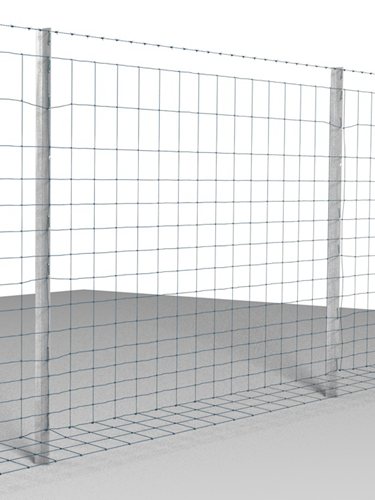
Other Suggestions In Protecting Against Feral Animals
Feral animals can cause severe damage to your fencing as well as getting into your stock's food supply. That's why a sturdy, feral-proof fence that keeps them out and your stock safe, is essential.
Kangaroos, wild dogs, emus and rabbits can all play havoc with your fences and stock, so here are some feral fencing tips to keep them at bay.
Waratah manufacture wire products specifically for the control and prevention of damage caused by feral animals, including Stocksafe-T ® Longlife Blue ® and Stockgrip ® prefabricated fence wire in a range of sizes (as well as made to order solutions) to ensure that your fencing solution suits your required application.
Tips
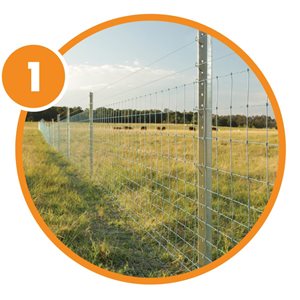
1. Fence Design
Prefabricated fence designs are strong, quick to erect and best suited to creating an effective barrier between feral animals and your stock and feed supply. Stocksafe-T Longlife Blue is a dedicated feral animal control fence, which comes in 90cm, 115cm and 150cm heights and features a tight 15cm picket spacing. It also features a wire knot design that forms a very tight bond between the vertical picket wires and the horizontal line wires – making it difficult for a feral animal to push through. Alternatively, you could use 7 or 8 line Stocklock ® with 1.8mm barbed wire top and bottom, which has enjoyed success throughout Western Australia.
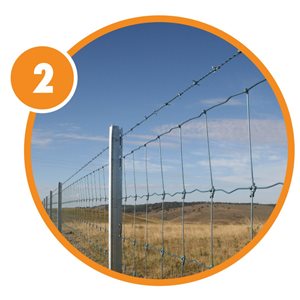
2. Barbed sight wire and netting
Install a 2.0mm Barbed Wire approximately 50mm from ground level as your sight wire. The sharp barbs will help deter feral dogs and pigs and Kangaroos from digging or pushing under the fence. Another barbed wire at the top of the fence will also act as a deterrent if animals push up against the fence to test it. Alternatively, you can dig a trench along the base of the fence and bury netting to a depth of around 15cms to deter burrowing animals. Attach the remainder of the exposed netting to the bottom of the prefabricated fence. 30/4/1.4 Longlife Netting is suitable here. This design only needs a top barbed wire.
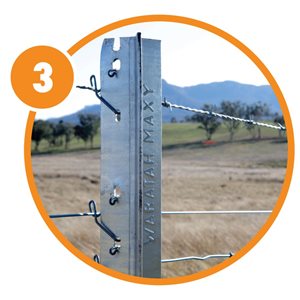
3. Fence corners
Corners are high-pressure areas, so strengthening these up can help prevent feral animals from finding a weak spot and getting through. Kangaroos in particular can cause a lot of damage to your corners. By spacing your fence posts closer together and using a larger and stronger fence post like JIO ™ MaxY ® , you’ll help to prevent this.
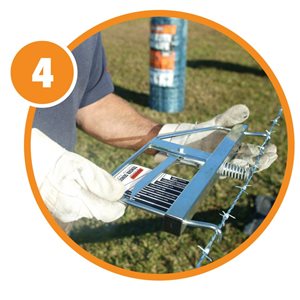
4. Wire tension
Ensure your wire is tensioned to the correct specifications as advised by Waratah. Wire that’s not tensioned correctly will simply not perform against feral animals. Gripple Plus ® wire joiners are an easy way to tension shorter strains of wire. On longer strains, use the Wizard ® wire strainer and Wedgelock ® clamp to safely tension the wire.